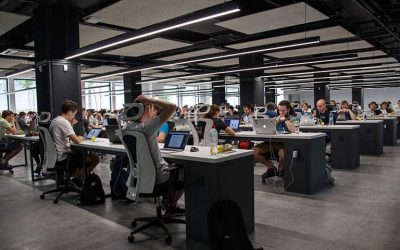A comprehensive new study, led by researchers from the Department of Energy’s Lawrence Berkeley National Laboratory (Berkeley Lab), quantifies what can be done to make buildings more energy efficient and flexible in granular detail by both time (including time of day and year) and space (looking at regions across the U.S.). Some of these ideas include lighting control systems and full building control systems. Since buildings consume 75% of electricity in the U.S., they offer great potential for saving energy and reducing the demands on our rapidly changing electric grid.
The research team, which included scientists from the National Renewable Energy Laboratory (NREL), found that maximizing the deployment of building demand management technologies could avoid the need for up to one-third of power generation and would mean that at least half of all such power plants that are expected to be brought online between now and 2050 would not need to be built. This would save not only money for companies but help lessen the carbon foot print.
The so-called demand-side of electricity is electricity that is used in homes and workplaces, such as powering lights and appliances. The researchers approached this electricity use from buildings as a grid resource; by increasing the efficiency and flexibility of buildings’ electricity use, such as by operating higher-performing equipment and shifting the time when its usage takes place. A solution to this is lighting control systems, which would allow building owners to set times for the power to be operating and for different appliances to be turned on and off, saving energy when these things would typically always be on.
Click here to read the full article posted on July 21st, 2021 on Science Daily.
Can Your Lighting Increase Your Employee Productivity?
Employee productivity can be boosted by having human-centric lighting controls and LED retrofits added to your commercial building.







































0 Comments